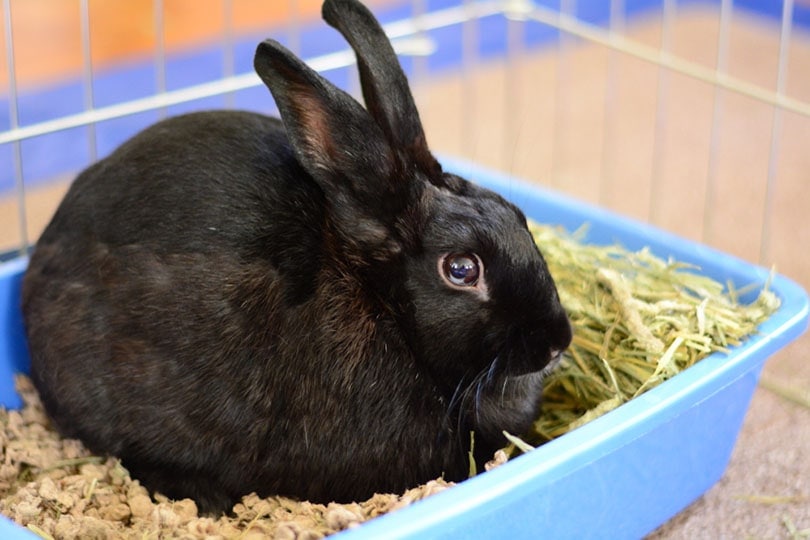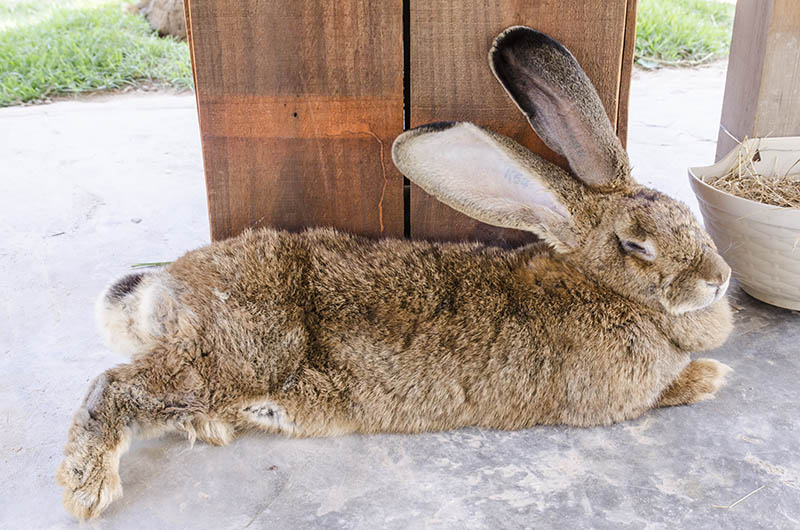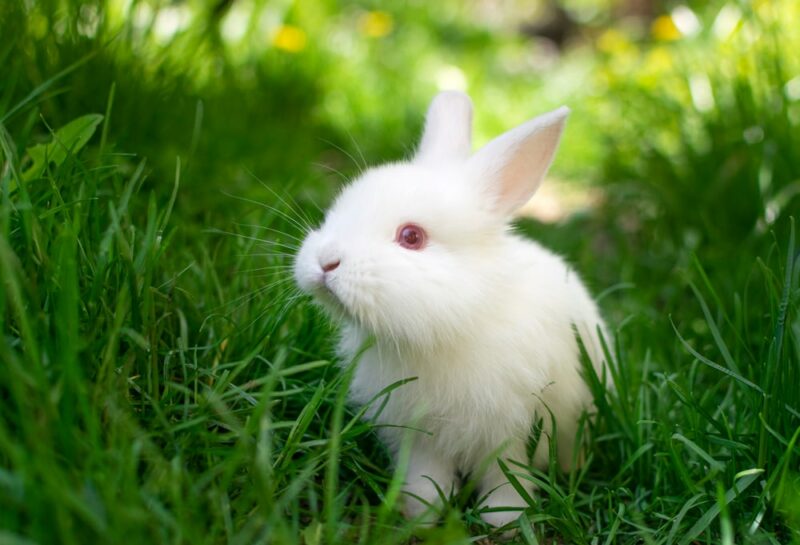How to Litter Train a Rabbit: 5 Expert Tips & Tricks
By Ed Malaker
Updated on

If you own a rabbit, you know that they can be quite messy and require multiple cleanups, causing many people to wonder if they can train them to use a litter box. Training your rabbit to use the litter box can be challenging, but it is quite possible with patience and persistence. Keep reading as we cover everything that you need to know to litter train your rabbit successfully.
Why Litter Train Your Rabbit?
Litter training has many benefits for you and your pet. For example, a litter-trained rabbit is easier to care for because you don’t need to clean up after them constantly. You will also be able to let them roam around your house without worrying about them leaving little pellets everywhere. Another benefit to litter training is that it provides a bonding experience and can help establish a routine that can improve your pet’s overall well-being and comfort.
When Should I Start Litter Training My Rabbit?
The best time to start training your rabbit is when they are still young, as older rabbits can be more stuck in their ways. However, it’s still possible to train older rabbits; it just might take longer. So, start training your pet as soon as you get them home, and be patient for the best results.
Before You Begin
You’ll need to first gather a few supplies.
- Litter box: You can use a cat litter box or a specially designed rabbit litter box, as long as it’s big enough for the rabbit to move around comfortably.
- Litter: Choose a safe litter for rabbits, like paper or wood-based products. Avoid clumping litter, as these can be harmful if ingested.
- Hay: Rabbits need hay for digestion and to keep their teeth healthy. Provide a separate hay feeder in your rabbit’s living area.
- Treats: Use rabbit treats to provide positive reinforcement when training your rabbit.
The 5 Tips How to Litter Train a Rabbit
1. Choose a Spot for the Litter Box
The first step is to choose a good spot for your rabbit’s litter box. It should be easily accessible but away from foot traffic, so it isn’t disturbed. Rabbits also like a clear view of their surroundings, so put the box in the open. They won’t like it in a corner or against the wall.

2. Prepare the Litter Box
Once you pick a good spot, it’s time to introduce it to your rabbit. Prepare it by filling it with a thin layer of litter. Then, put a small amount of hay in the box so they are willing to check it out.
3. Observe Your Rabbit
With the box prepared, you can observe your rabbit until they start to look like they need to use the bathroom. Then, gently pick them up and place them inside the litter box. If they use the box, give them a treat; if not, try again later. This step is also a great opportunity to bond with your pet, as you closely watch them to determine when they need to use the bathroom. It also helps the rabbit get used to the litter box so they can start to feel more comfortable using it.

4. Gradually Increase Freedom
Once your rabbit uses the litterbox regularly, you can start to let them out of the cage for short periods, gradually increasing it as they learn to return to the box when needed. Watch them closely while exploring, and gently guide them back to the litterbox if they start to get too far away.
5. Clean the Litter Box Regularly
Cleaning the litterbox is a crucial step because it helps eliminate bacteria that can cause odors and other problems. Remove clumps and soiled litter before replacing it with fresh litter. You will also need to wash it at least once per week.

Tips and Tricks
- Be patient. Training the rabbit to use the litter box consistently can take a long time, so don’t get discouraged.
- Use a consistent command, such as “go potty,” when you place your rabbit in the litter box, to help them to associate the command with the behavior.
- If your rabbit has access to several rooms, having multiple litter boxes available can be helpful, as it will make it easier for them to find one when they need to use the bathroom.
- A litter box attractant can make some rabbits more likely to use the litter box.
- When you’re starting to increase your rabbit’s freedom, supervise them closely to prevent accidents and ensure that they are using the litter box correctly.
- Rabbits can be messy when they use the litter box, so get one with high sides to help prevent litter from being kicked out.
- Use a litter scoop to clean out the litter box daily.
- Never be angry with your rabbit if they have an accident outside the box. Anger is counterproductive and might make litter training more difficult.
- Stick to a consistent routine when training your rabbit, and ensure that they have plenty of opportunities to use the litter box each time.
- Clean up any accidents immediately with an enzymatic cleaner to remove any odor and discourage the rabbit from using the same spot again.
Summary
Training your rabbit can take longer than expected, but it’s possible and well worth the effort because it will dramatically reduce cleanup and allow your rabbit to spend more time exploring your home. Start training when your rabbit is still young, and choose a good spot for the litter box. Use plenty of positive reinforcement, and be patient and consistent for the best chance of success.
See Also:
- How to Get Rabbit Pee Out of Carpet: Expert Tips & Tricks
- How High Can a Border Collie Jump? The Fascinating Answer!
Featured Image Credit: kzdillon, Shutterstock











